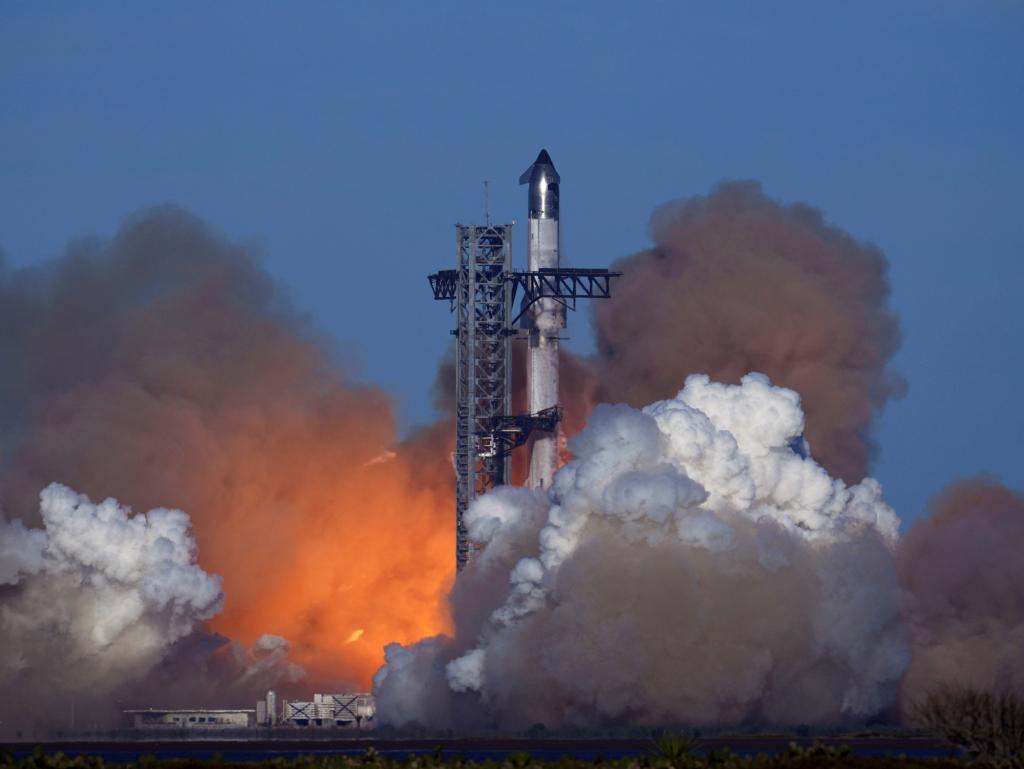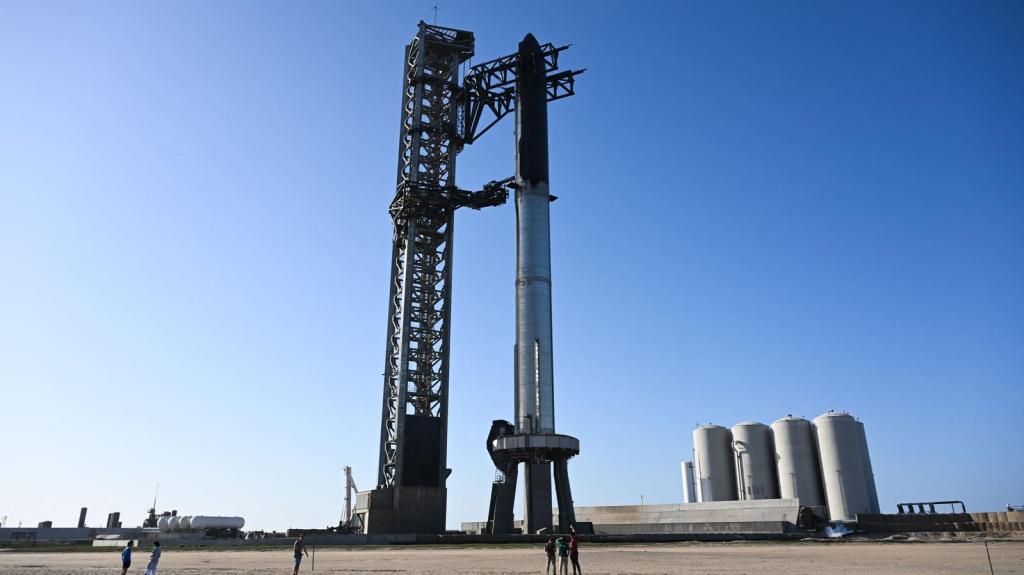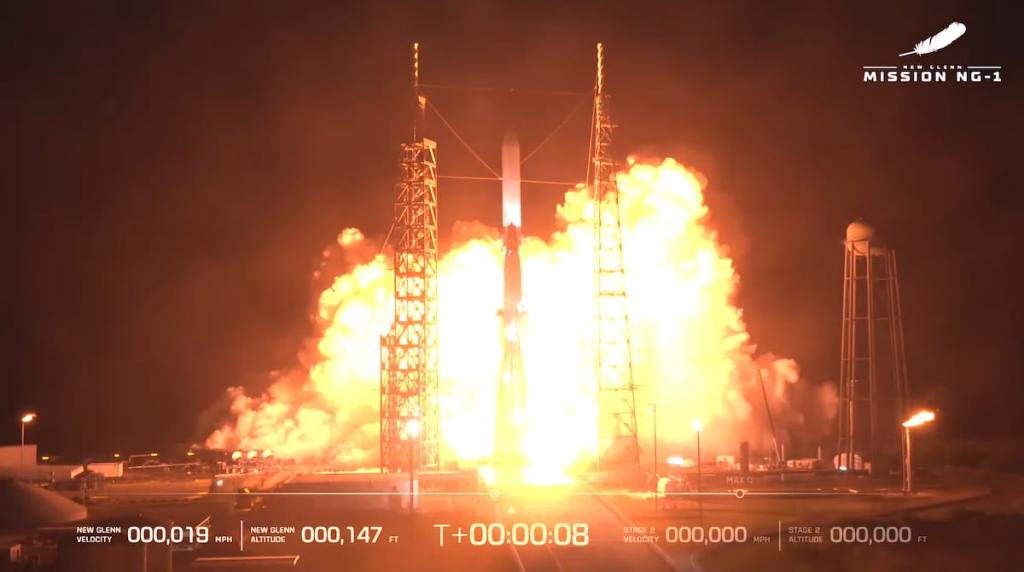NASA Chooses SpaceX to Safely Return Stranded Astronauts
NASA's choice to use SpaceX's Crew Dragon for astronaut rescue underscores the importance of safety and innovation in space exploration.
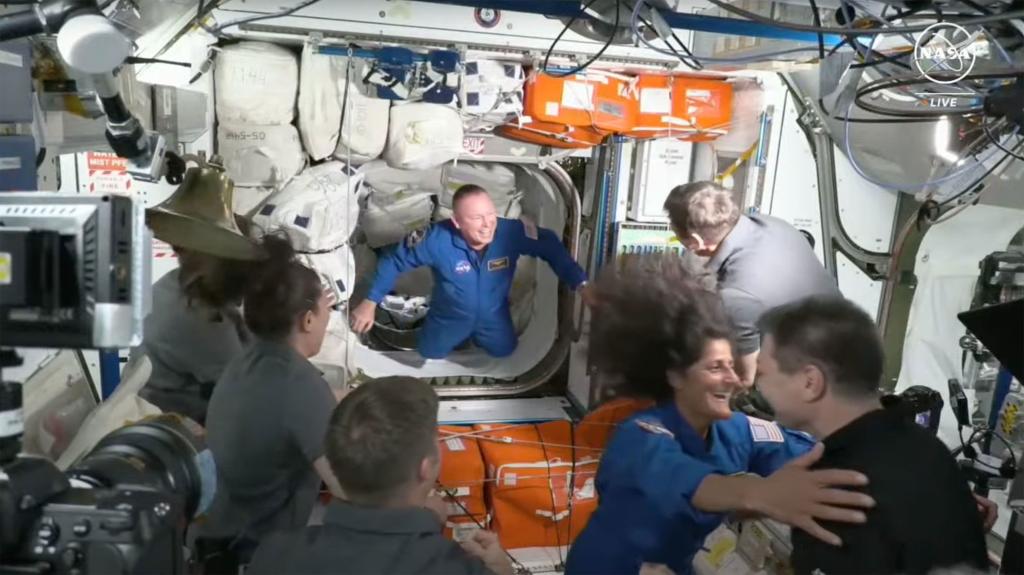
Key Points
- NASA has opted to use SpaceX
's
Crew Dragonto safely return astronauts
Suni Williamsand
Butch Wilmoreafter issues with
Boeing's
Starliner.
- The decision highlights NASA's commitment to safety and the strategic advantages of having multiple spacecraft options for human spaceflight.
- Boeing's ongoing technical challenges raise concerns about the future of its Starliner program and its credibility in space exploration.
In a dramatic turn of events, NASA has decided that astronauts Suni Williams and Butch Wilmore will return to Earth aboard a SpaceX Crew Dragon spacecraft, instead of the troubled Boeing Starliner. Originally intended for a brief eight-day mission, the astronauts will now have spent nearly eight months aboard the
(ISS) due to significant technical issues with Boeing's spacecraft. This development not only underscores the importance of safety in spaceflight but also raises questions about Boeing's future in human space exploration.

A Setback for Boeing
Since securing a $4.3 billion contract with NASA in 2014, Boeing's Starliner program has been marred by delays and technical failures, resulting in over $1.5 billion in cost overruns. Despite Boeing's persistent assurances about the Starliner's safety, the failure of five out of twenty-eight thrusters during a crucial test led NASA to reevaluate the spacecraft's ability to safely return the astronauts. NASA Administrator
emphasized that the agency's priority is ensuring crew safety, especially in light of past tragedies like the Challenger and Columbia disasters.
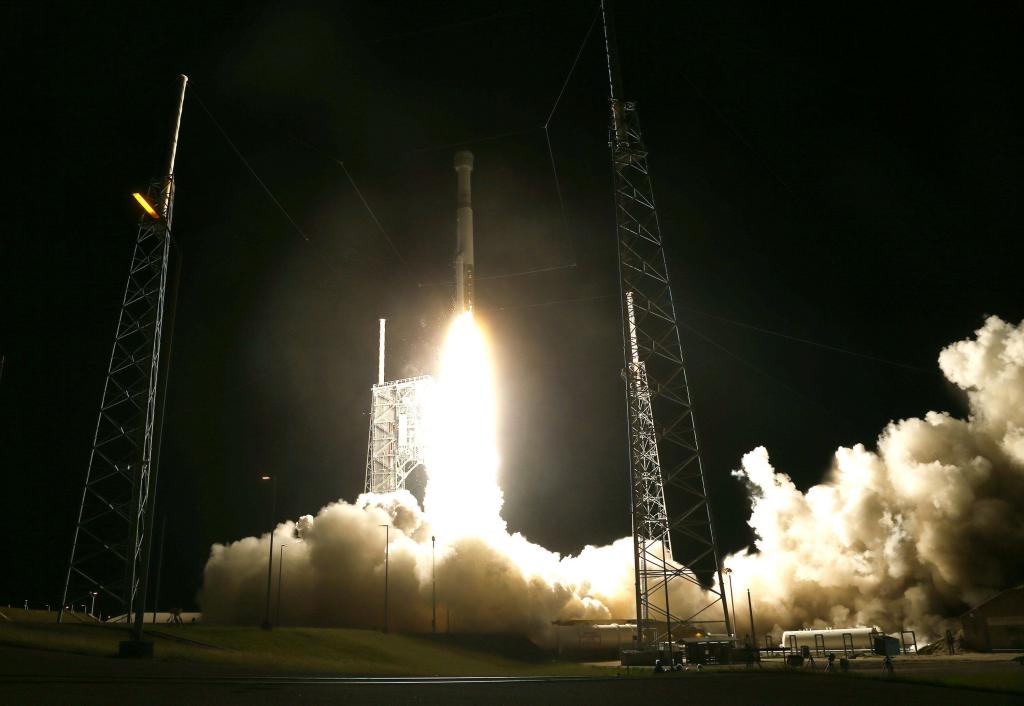
SpaceX to the Rescue
In response to the uncertainties surrounding Starliner, NASA made the courageous choice to utilize SpaceX's Crew Dragon for the return mission.
, SpaceX's COO, echoed the company's commitment to assist NASA in any way possible, reinforcing a collaborative spirit in the space industry. This decision reflects NASA's strategic planning, wherein both Boeing and SpaceX were tasked with ensuring the safety and reliability of human spaceflight.
The upcoming mission, referred to as Crew-9, is slated to launch on September 24, with the intention to safely transport Williams and Wilmore back to Earth in February 2025. This collaboration highlights NASA's foresight in designing the
, which allows for seamless transitions between multiple space vehicles. In not relying solely on one spacecraft, NASA has enhanced the safety and reliability of its human spaceflight missions.
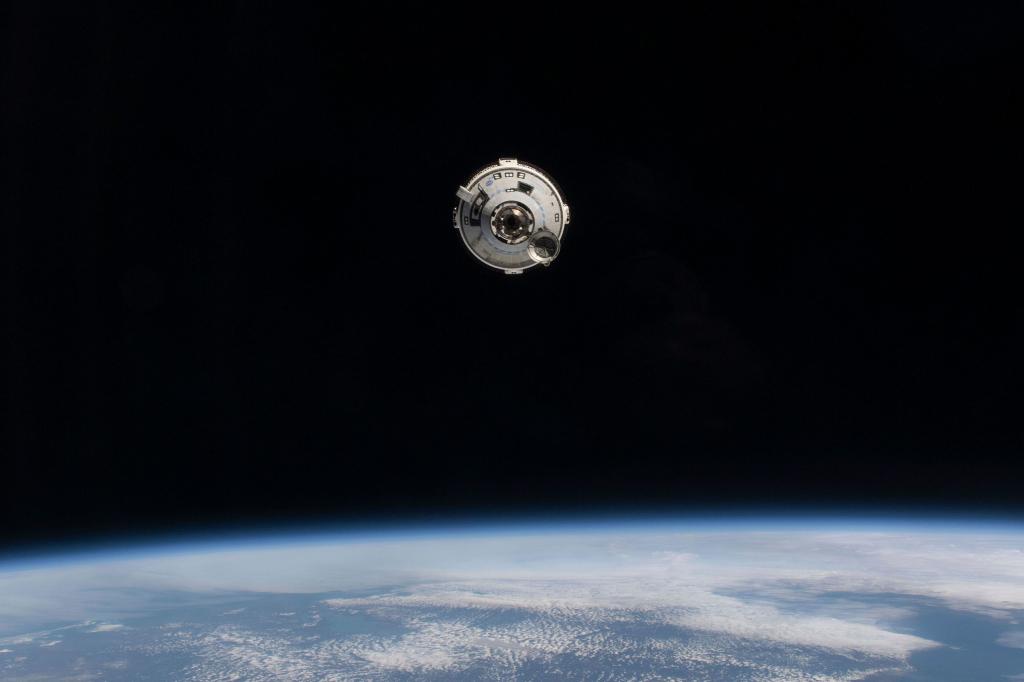
Lessons Learned and Future Implications
The ongoing situation serves as a profound reminder of the complexities and risks inherent in space exploration. NASA's decision reflects its commitment to avoiding any mistakes from the past and maintaining stringent safety protocols, even amidst pressure and expectations from industry partners. Unlike SpaceX, which has completed numerous crewed missions since 2020, Boeing continues to grapple with technical challenges that hinder its progress.
Moreover, the decision to have the Starliner make an uncrewed return illustrates a significant shift in confidence in Boeing's capabilities. This could have long-term ramifications for the company, impacting its credibility in future contracts and missions. Experts suggest that the future of Boeing's Starliner program may hinge on how effectively the company addresses and resolves its ongoing technical issues.
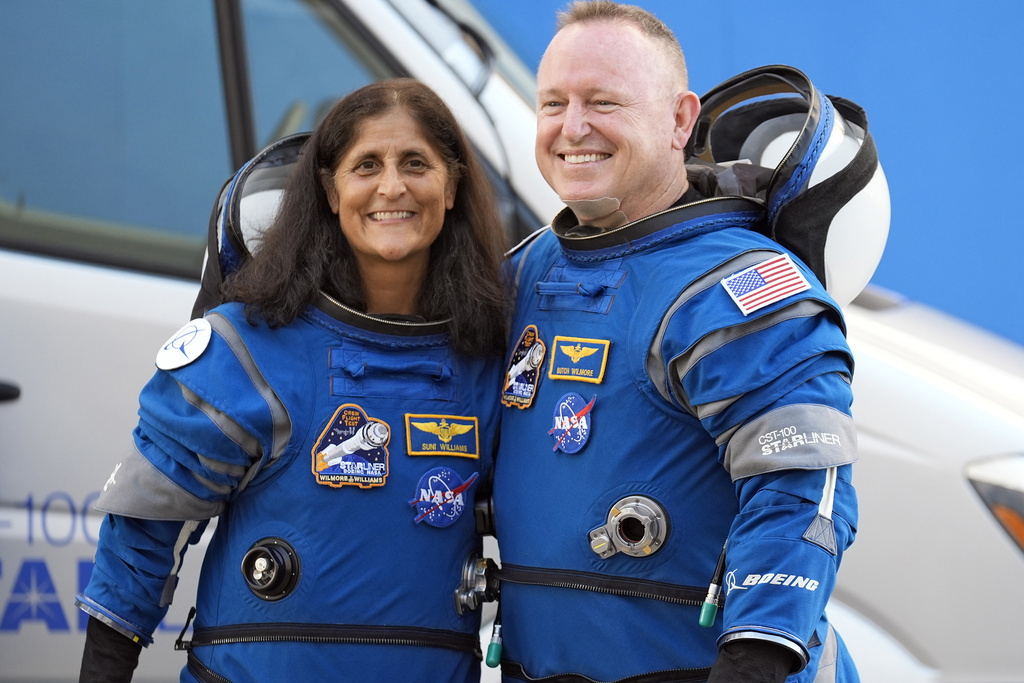
The collaboration between NASA and SpaceX exemplifies a new era in space exploration, where partnerships and adaptability are key to overcoming challenges. As we await the return of Williams and Wilmore in February, the situation points to a transformative moment for both companies involved—the chance for SpaceX to solidify its reputation while highlighting the necessary improvements Boeing must undertake.
Ultimately, as we reflect on this significant rescue mission, it reassures the space community that safety remains the highest priority in all space endeavors. Success in human spaceflight relies on rigorous testing, timely responses to safety concerns, and collaboration amongst industry players. The steadfast focus on these principles will ensure that future missions can continue to explore the wonders of our universe while safeguarding the brave astronauts who venture into it.
